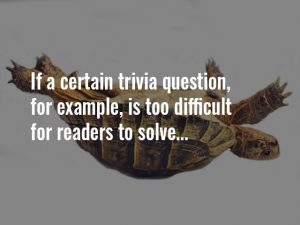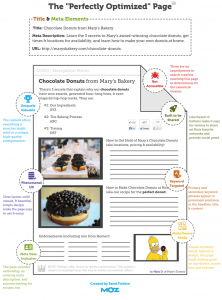From reading my last three posts in this series, I trust you understand the importance of tackling legacy technology and data. Are you empowered to manage the conversations around those items?
Next up, let’s talk about how to inventory and optimize your processes, and use that data to understand where technology can close the gaps, solve the problems and grease the wheels between processes.
The process of analyzing your processes should start from something basic (but likely difficult to agree upon), a common set of goals and objectives. Yes, we all have the same goal, for our company to succeed. Is that enough specificity to ensure that we are meeting on common ground? No.
This series began with my assertion that B2B marketers need to establish a foundation before putting together MarTech architecture. That assertion is still true, but the foundation starts with organizational alignment and finding a shared set of goals. Whether it is sales and marketing, marketing and IT, or another collaborative combination, establishing a shared set of goals allows you to determine if what you are doing gets you where you want to be.
Step 0: Build a team
Business operations do not function in a silo. Individual members of the organization are tasked with fulfilling different pieces of the process. It is a TEAM effort. The marketing team should represent a cross-functional group that understands different needs within the organization and provides a solution that holistically works for the group.
Step 1: The inventory
No surprises here. Start by creating an inventory of where each business process exists. Basics include:
- How leads move through your marketing and sales teams (aka lead management).
- How you build and manage campaigns.
- How you manage the customer experience (from prospect to customer and up-sell/cross-sell/renewal).
This is not exhaustive, so don’t stop with this short list. Remember, there are likely sub-processes within these processes.
Step 2: Documentation
Take your inventory and document the full state of each process you have listed. Fun, right? Well, perhaps for those who love Visio! Identify who is involved if the process is all human driven, what systems are involved and the level of detail around what data is passed and where.
Step 3: Mind the gap
Now that you have an overview of your processes, what gaps do you notice? Perhaps you cannot see gaps in documents you have created. That’s ok, because you have a team perspective. Business processes develop over time, they evolve (or don’t) based upon who is executing them. Sometimes they have holes and do not reflect an optimized process.
By taking a critical eye to your processes you begin to see where things don’t make sense. For example, if your campaign planning, build and execution process takes 32 weeks (aka half a year) you lose the ability to be agile and it is likely your message is outdated before it is even executed. I couldn’t make that number up; I have actually seen a client process whose original state was 32 weeks from start to finish. It is easy to see as an outsider the insanity.
Your gap assessment is a combination of assessing where processes do not exist and looking for ways to optimize your processes for success, agility and speed.
The practice of assessing your processes may be painful for those who want to just act and move forward. While you may be tempted to skip this step, don’t! Identify your processes and understand what the ideal state looks like. This clarity will enable you to determine your ideal MarTech stack right now and in the foreseeable future.
Business & Finance Articles on Business 2 Community(19)






